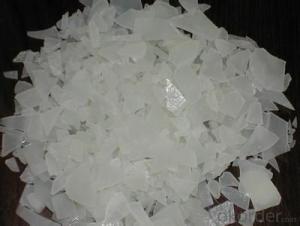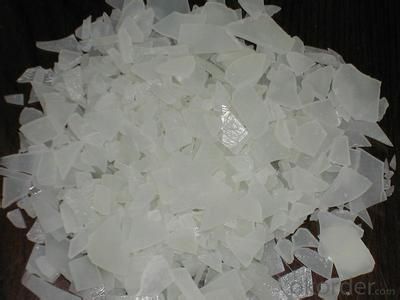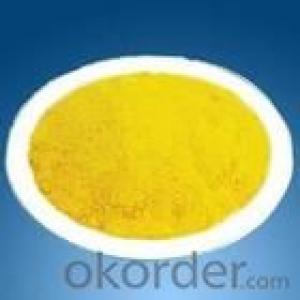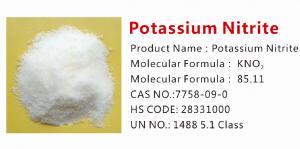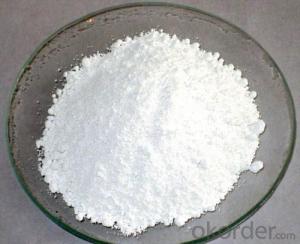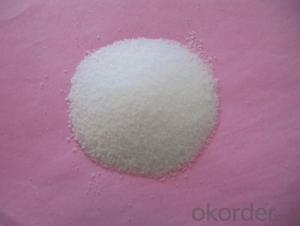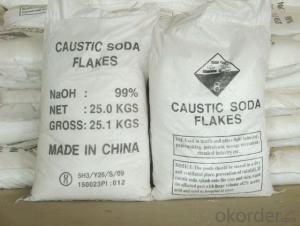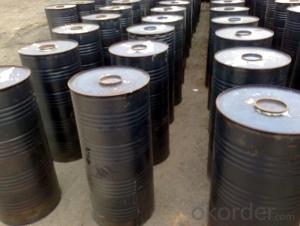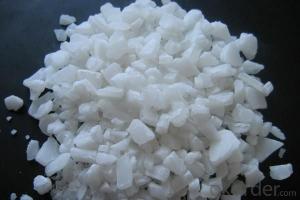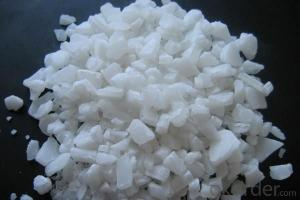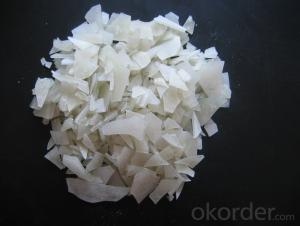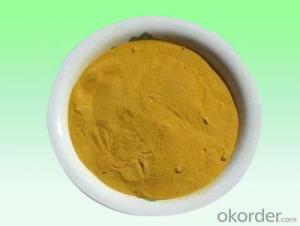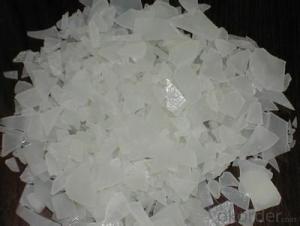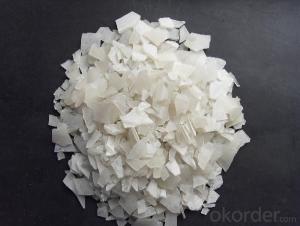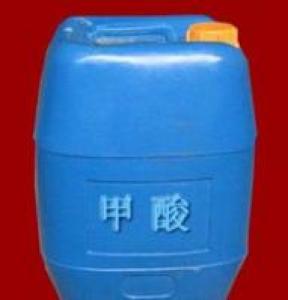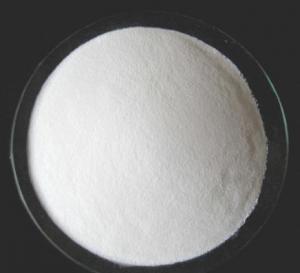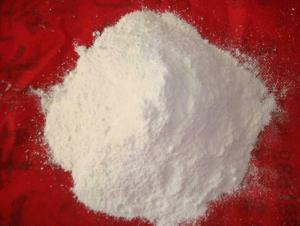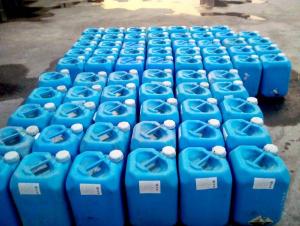LOW PRICE NON FERRIC ALUMINIUM SULPHATE FLAKE
- Loading Port:
- China Main Port
- Payment Terms:
- TT OR LC
- Min Order Qty:
- -
- Supply Capability:
- -
OKorder Service Pledge
OKorder Financial Service
You Might Also Like
Packaging & Delivery
| Packaging Detail: | PP/PE 50kg/bag;25kg/bag;Jumbo bag or according to customers' requirements. 20-25MT will be loaded in per 20'FCL container. |
| Delivery Detail: | Within 15 days after receiving the prepayment or L/C. |
Specifications
Aluminium Sulphate
Molecular Formula:Al2(SO4)3
Purity:Al2O3 15.8% 16% 17%
Shape:Flake,Granular,Powder
CAS NO.10043-01-3
1. Chemical and Physical Properties:
Product name: Aluminium Sulphate or Aluminum Sulfate
Shape: Flakes or Granular or Powder.
EINECS NO.:233-135-0
CAS No.: 10043-01-3
HS.Code: 28332200
Molecular Formula: Al2(SO4)3
Appearance:It is white or grey flake,particle or massive crystallization.
Apt to cake after moisture absorption when laid in air for a long time.A little green because of Fe2+ ,yellow when Fe2+ is oxided to Fe3+.Soluble in water easily,and water solution is acid.
2. Specification:
Standard: HG/T 2225-2001 and HG/T 2227-2004
Items | Specifications | |||
I Type:Low Ferrous/Low Iron | II Type:Non-Ferrous/Iron-free | |||
First Class | Qualified | First Class | Qualified | |
Al2O3 % ≥ | 15.8 | 15.6 | 17 | 16 |
Ferrous(Fe )% ≤ | 0.5 | 0.7 | 0.005 | 0.01 |
Water Insolube % ≤ | 0.1 | 0.15 | 0.1 | 0.15 |
PH (1% aqueous solution) ≥ | 3.0 | 3.0 | 3.0 | 3.0 |
Arsenic(As) %≤ | 0.0005 | 0.0005 | ||
Heavy metal (Pb) %≤ | 0.002 | 0.002 | ||
3.Applications:
Water effluent treatment system
It's used for purification of drinking water and wastewater treatment by settling of impurities by
means of precipitation and flocculation.
Paper Industry
It helps in sizing of paper at neutral and alkaline pH, thus improving paper quality (reducing spots
and holes and improving sheet formation and strength) and sizing efficiency.
Textile Industry
It is used for color fixing in Naphthol based dyes for cotton fabric.
Other Uses
Leather tanning, lubricating compositions, fire retardants; decolorizing agent in petroleum, deodorizer; food additive; firming agent; dyeing mordant; foaming agent in firefighting foams; fireproofing cloth; catalyst; pH control; waterproofing concrete; aluminum compounds, zeolites etc.
4. Package:
Packaging Detail: PP/PE 50kg/bag;25kg/bag;Jumbo bag or according to customers' requirements.
20-25MT will be loaded in per 20'FCL container.
5. Attention and Storage:
The product is liable to absorb moisture and clot due to long-term exposure, so shady, cool and ventilated environment is needed.
- Q: Several kinds of inorganic salt food sources?
- Pepper, bamboo, bamboo, seaweed, lily, nuts, bread, dairy, beans, seaweed, kelp, kelp, Olives, cauliflower, amaranth, shepherd's purse, salted egg, noodles, fermented bean curd, tempeh, spinach, amaranth, spinach, coriander, fruit
- Q: Advertisements related to inorganic salts -.-,
- Calcium must be inorganic salt
- Q: Give some examples, say clearly, thank you! ~
- Acid and alkali
- Q: A bit tall please help me one!
- As a result of the community on the misuse of waste batteries, such as: a button battery can pollute 600,000 cubic meters of water, a 5-cell can make a square meter of land is not grass, resulting in some public opinion bias, so that our waste disposable battery recycling And chaos dealing with the work, resulting in some unnecessary waste and mistakes.
- Q: Acidic oxide is a kind of oxide which can form acid or react with water to form salt and water. Generally non-metallic elements of oxides and certain transition metal elements of high-priced oxide. Such as sulfur trioxide SO3, phosphorus pentoxide P2O5, manganese dioxide Mn2O7, chromium trioxide CrO3 and so on. Most of the non-metallic oxides are acidic oxides. In our familiar non-metallic oxides, carbon monoxide and nitric oxide are not acidic oxides, and are usually classified as non-acid oxides.
- Note: Most of the non-metallic oxides are acidic oxides. In our familiar non-metallic oxides, carbon monoxide and nitric oxide are not acidic oxides and are usually classified as non-acid oxides.
- Q: Why are inorganic sodium salts much better soluble in ethanol than potassium salts?
- Potassium's lone electron is much more easily transferred to produce a potassium ion than is sodium's because of its electronic structure so that any potassium salt is more ionic in nature than is its analogous sodium counterpart. Since ethanol is not very acidic (polar) it solublizes less polar materials preferentially over more polar ones. Therefore, sodium salts will, generally, be more soluble in ethanol than will be potassium analogs.
- Q: What is the role of alkali in the surface
- Related to the crowd: the general population can edible production guidance: 1. Alcohol can remove the salad in the oil, the method is to wait until with the aroma of salad oil heated to hot, put a certain amount of soda ash, slowly with chopsticks Even can be; 2. Alcohol can remove the dough's sour taste, and can make the bread bulky white, but can not add too much, otherwise the bread will become yellow or crack, the taste will become bitter. Heat, taste bitter; with dehumidification, the food stagnation, detoxification of the role of acid. Note: 1. Do not put the food in the lye soak, so as to avoid raw materials rot, as long as the appropriate concentration of alkaline water will be repeated washing Several times can be; 2. Alkali is inorganic, itself does not have any nutrients, but the role of food cooking can not be underestimated, alkali solution of the electrolyte is the electrolyte, so that food raw materials (such as squid) in the protein molecules in water Ability to enhance the speed of raw materials to speed up, but should pay attention to master the amount of alkali, methods and time to prevent food raw material was too thoroughly, too bad or even deterioration.
- Q: What is the use of inorganic salts in plants? How is it discharged
- Not just light plants, for the body, the inorganic salts are essential. Can provide the necessary elements, including a large number of elements C, H, O, N, S, P, K, Ca, Mg. Trace elements Fe, Mn, B, Zn, Cu, Mo, Cl, Ni, etc. For plants, inorganic salts are also essential. The inorganic salts provide C, H, O are the essential elements of the constituents of the carbohydrate, N is the essential element that constitutes the protein, P is the essential element that constitutes ATP and DNA, and so on, including trace elements such as: B, Will cause the plants to flow only without fruit. These elements may be provided in the form of inorganic salts. So inorganic salts are necessary for plants. On the issue of discharge. Plants will use these elements, C, H, O synthetic carbohydrates, in the role of respiration when the decomposition of carbon dioxide and water to the nature of the. Plants also store oil and fat, protein, such as peanut oil and protein content is high. In general, the plant is the inorganic salt into organic matter and stored, through the decomposition of part of the organic matter to breathe in the form of other inorganic substances. Apoptosis is also the way in which the inorganic salts it absorbs are discharged in the form of organic matter. In general, the inorganic salts absorbed by the plant are discharged in the form of other inorganic substances (respiration) or in the form of organic matter (apoptosis). Plants will use these inorganic salts.
- Q: Does the apple contain inorganic salts and vitamins?
- Yes, the fruit is rich in these two nutrients, especially apples
- Q: And what I specifically need are salts with Bromide, Chloride, Phospate and Carbonate ions.Thanks for any help.
- That list is near endless. There are countless inorganic cations and organic groups that can combine with these ions. Pretty much every metallic element in the periodic table will form cations with bromide and chloride. Not sure about phosphate, but most metals will bind with it. Carbonate will be trickier, as some ions are too acidic and will decompose the carbonate (iron(III) is an example, and it will form the oxide instead, liberating CO2 in the process). Aside from simple elemental ions, there are also polyatomic cations (such as ammonium) and lots of complexes that will form compounds with these anions.
Send your message to us
LOW PRICE NON FERRIC ALUMINIUM SULPHATE FLAKE
- Loading Port:
- China Main Port
- Payment Terms:
- TT OR LC
- Min Order Qty:
- -
- Supply Capability:
- -
OKorder Service Pledge
OKorder Financial Service
Similar products
Hot products
Hot Searches
Related keywords
